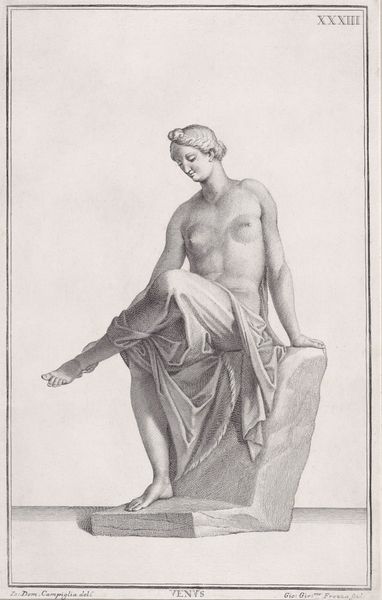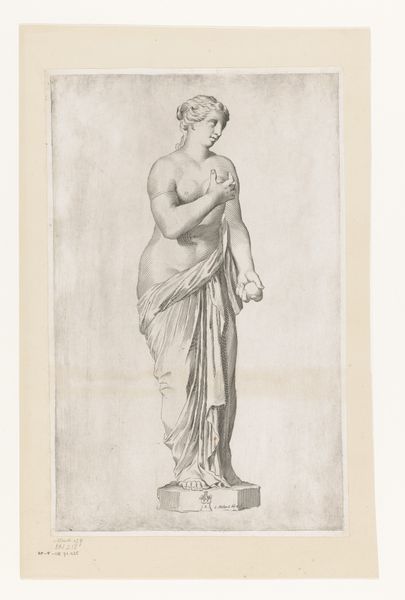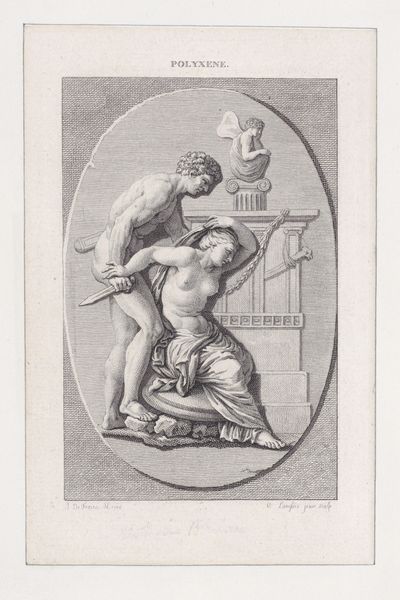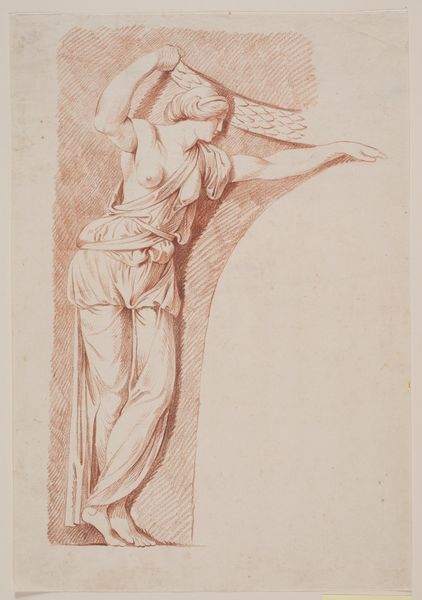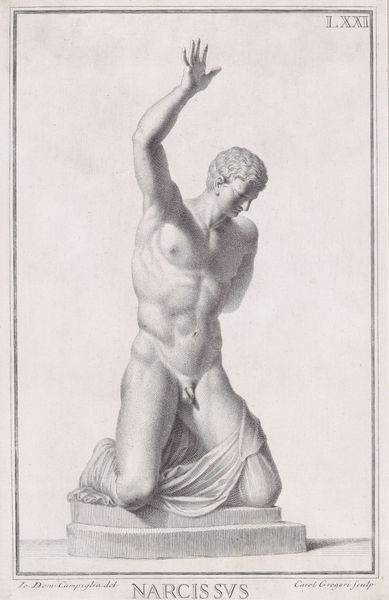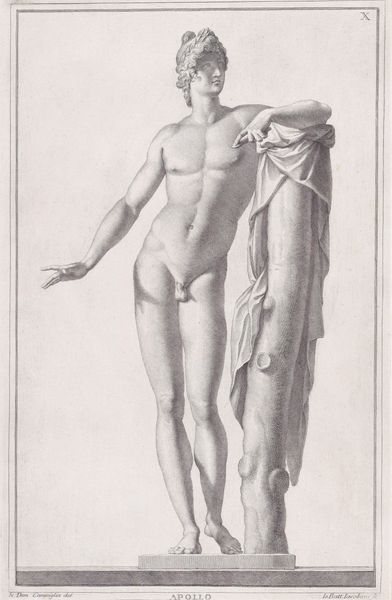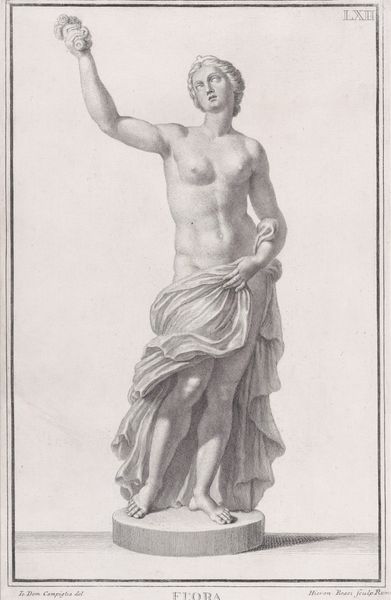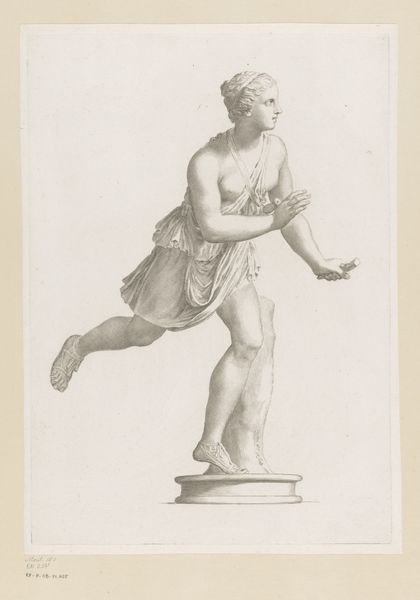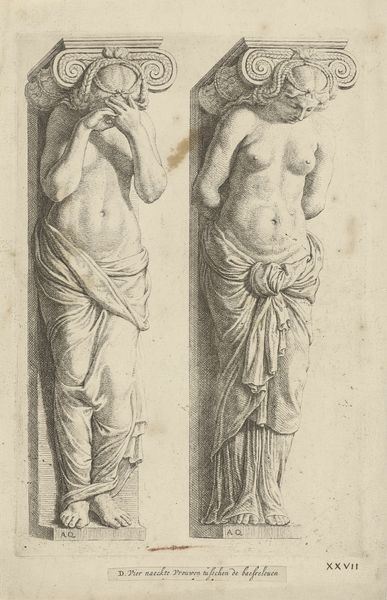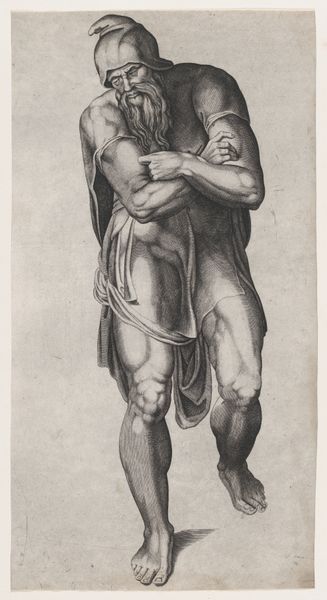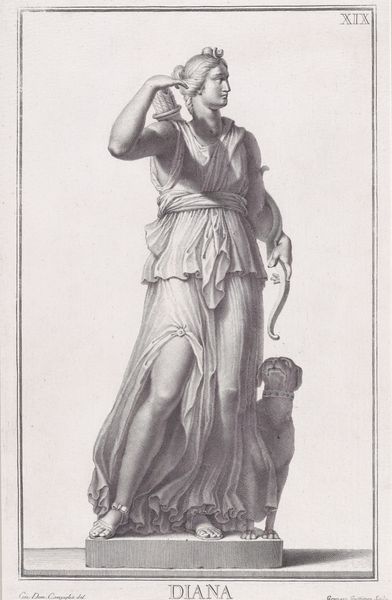
Plate IIII (4): Leda and the Swan, from "Museum Florentinum" (Statuae antiquae dorum et virorum illustrium) 1734
0:00
0:00
drawing, print, pencil, engraving
#
drawing
#
allegory
#
baroque
# print
#
classical-realism
#
figuration
#
form
#
female-nude
#
pencil drawing
#
pencil
#
line
#
history-painting
#
academic-art
#
engraving
Dimensions: Sheet: 14 1/4 × 10 1/16 in. (36.2 × 25.5 cm) Plate: 14 3/16 × 9 1/16 in. (36 × 23 cm)
Copyright: Public Domain
Curator: Good morning. Today, we're examining "Plate IIII (4): Leda and the Swan" from "Museum Florentinum," created around 1734 by Cosimo Mogalli. It's currently held at the Metropolitan Museum of Art. What strikes you first about this image? Editor: Immediately, its graphic quality grabs me. The image relies on linear precision and tonal contrast, almost like an instructional diagram, except one depicting an intensely intimate encounter. I’m interested in the materials used and the production of these prints; there had to be intense planning and skilled labor involved. Curator: Indeed, its visual architecture is paramount. Note the carefully delineated contours, the orchestration of light and shadow to define form. Mogalli's manipulation of line creates a complex interplay between surface and depth, drawing us into a carefully constructed pictorial space. The serpentine curve of the swan mirrors Leda's pose, establishing a visual echo that amplifies the allegory. Editor: Absolutely. It's compelling to think about the practical elements here: the paper, the specific inks or graphite used. These weren't mass-produced posters, but finely wrought images designed for a learned audience. This image is an attempt to depict both the sensuality and the mythology of a violent episode. How do these choices influence the interpretation of the myth? Curator: The choice of the Neoclassical style informs that significantly, aligning with an era seeking to resurrect ideals of beauty and harmony while simultaneously containing unruly mythological narratives. By filtering the inherently chaotic nature of myth through a rational lens, Mogalli is inviting a reassessment, a contemplation on beauty and violation and their proximity. Editor: Right, and given that the image reproduces a statue, consider the context of production: someone meticulously copies and renders this sculpture to be consumed in a very different way. The transfer of material and transformation of subject invites considering the act of viewing as another stage of ownership. Curator: Precisely. What we have is more than mere reproduction. It’s an act of interpretation, reshaping the original within the boundaries of aesthetic conventions and ideological concerns specific to its time. Ultimately, it’s the interplay of those tensions that makes this rendition endlessly intriguing. Editor: Indeed. A final point: these images become cultural and material objects. I would say these are testaments to labor and artistic interpretation far beyond representing only the classical myth itself.
Comments
No comments
Be the first to comment and join the conversation on the ultimate creative platform.
